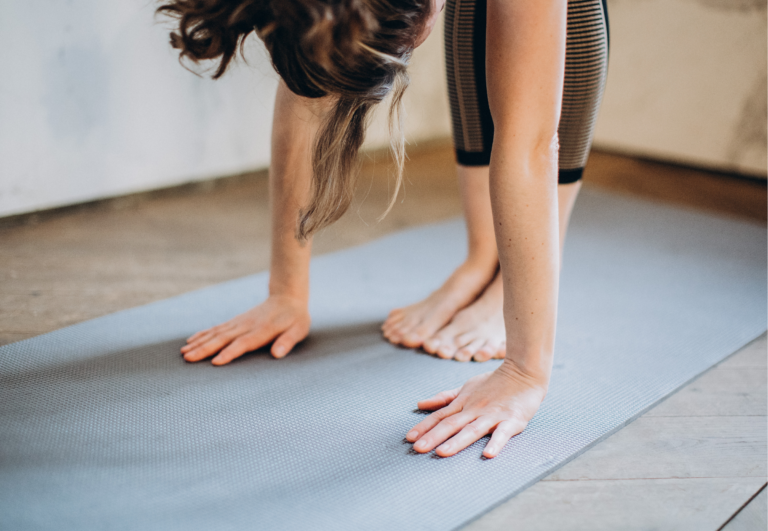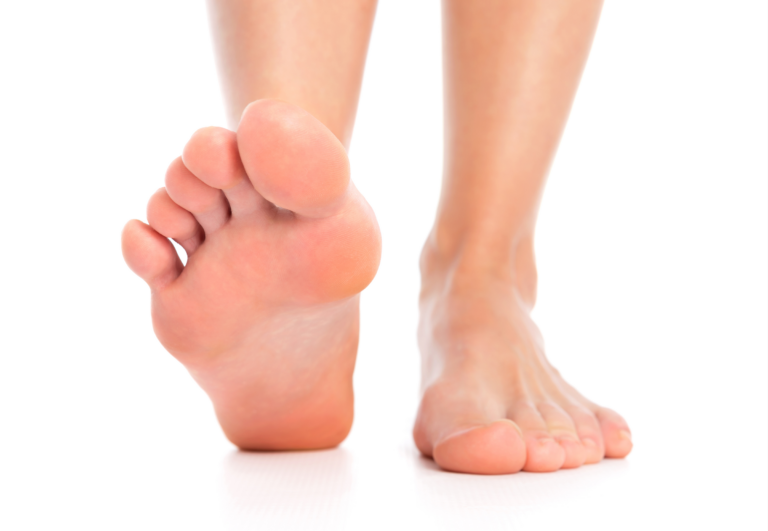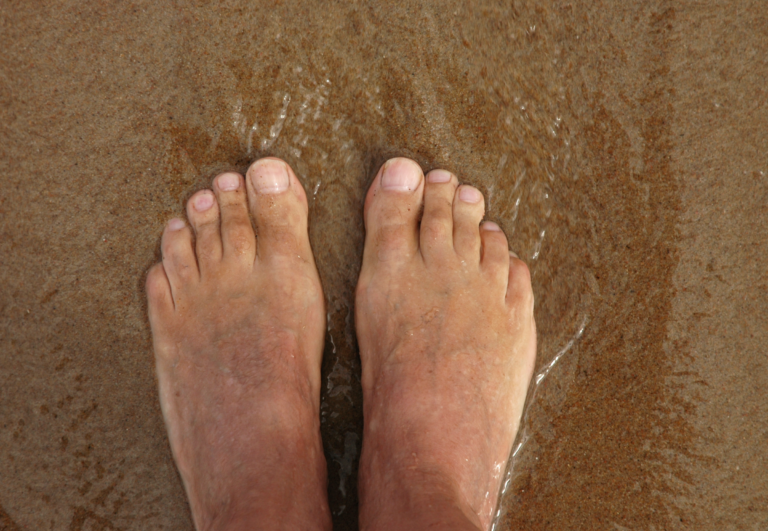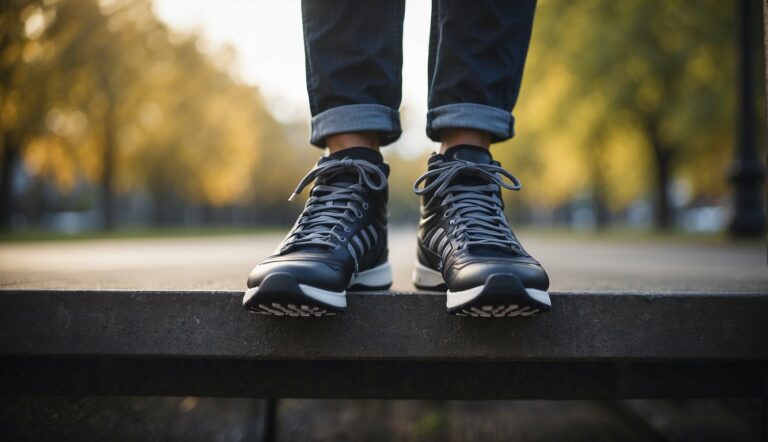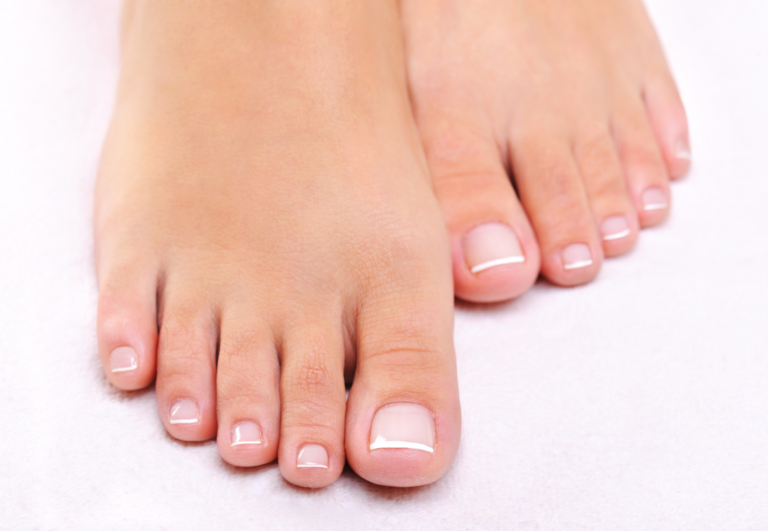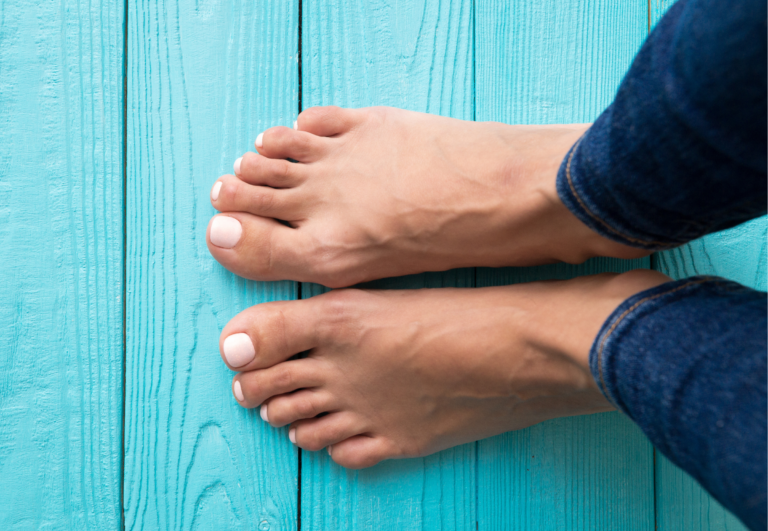How Long to Wear Toe Spacers Each Day: Optimal Duration Guidelines
Incorporating toe spacers into your daily routine can benefit foot health, particularly for those experiencing pain or seeking to improve balance and strength in their feet. Having used toe spacers myself, I understand the importance of their duration of use to maximize these benefits. It’s not simply a matter of wearing them; it’s how long you wear them that can make a difference.
While no universal time frame suits everyone, my experience suggests starting with shorter intervals. For beginners, I find wearing toe spacers for about 10-15 minutes a day and gradually increasing the time as comfort allows can be quite manageable and beneficial. This slow progression helps feet adjust without overwhelming them, allowing the muscles and ligaments to adapt to the new alignment.
It’s vital to listen to your body as you extend the time wearing toe spacers. Some users might wear them for an hour during their evening relaxation routine, while others may comfortably wear them throughout the day. Keep in mind that it’s not just wearing them that counts but also using them correctly, as I’ve learned through studies on toe-spacers’ effects on female athletes and comparative studies on painful hallux valgus.

How Long to Wear Toe Spacers Each Day: Ideal Duration and Frequency
Finding the right balance between sufficient stretch and comfort is crucial when incorporating toe spacers into your routine. It’s important that I share with you an effective daily schedule and how beginners should progressively increase their usage for optimal benefits.
Daily Wear Schedule
For those already accustomed to toe spacers, I recommend wearing them for about 10-15 minutes during your daily stretch or yoga sessions.
It’s also beneficial to include them as part of your rehab exercises if they’re suggested by a healthcare professional. If toe spacers are to be used during running or other high-impact workouts, ensure they’re comfortable and do not cause any pain.
- Morning: Introduce them in your morning routine, potentially during a light stretch after waking up.
- Pre-Exercise: Wear them briefly before a workout to promote flexibility.
- Evening: Use them during evening relaxation or yoga to help realign the toes after a day’s activities.
Progressive Use for Beginners
If you’re new to toe spacers, start slowly to allow your body to adapt. Begin with just 5 minutes per day and gradually increase the duration by a few minutes each week.
- Week 1: 5 minutes
- Week 2: 10 minutes
- Week 3: 15 minutes
- Thereafter: Add 5 minutes weekly until you reach a comfortable duration.
Remember, you should never feel pain while using toe spacers. If discomfort or pain arises, reduce usage time or frequency.
How Long To Wear Toe Spacers for Specific Conditions
When using toe spacers, it’s important to consider the specific foot condition you’re dealing with, as each may require a different approach to duration and care.
Bunions and Hammertoes
For those managing bunions or hammertoes, an emphasis on regular, consistent use of toe spacers can be beneficial. I’ve found that orthotics and toe spacers often work hand in hand, offering support and realignment.
It’s typically advised to wear toe spacers for periods of time throughout the day, possibly even during sleep, although the exact duration can vary based on individual comfort and the severity of the bunions. Those with severe bunions or hallux valgus might need to gradually increase the time they wear their spacers to avoid discomfort.

Diabetes and Circulatory Concerns
When managing foot conditions in conjunction with diabetes and circulatory issues, careful monitoring is key. Neuropathy can affect sensation, so it’s important to check that toe spacers do not impair circulation or exacerbate issues like neuromas or plantar fasciitis.
Toe spacers should be worn with caution, and I’ve learned that short periods of usage with frequent monitoring are essential to ensure no adverse effects on foot health. Communication with healthcare professionals about the appropriate use of toe spacers is advisable for those with diabetes.
How Long To Wear Toe Spacers for Specific Activities
Toe spacers aren’t just for treatment; they can be integrated into everyday activities and wellness practices to improve foot health and overall balance.
Yoga and Mindfulness Practices
Incorporating toe spacers during my yoga routine has greatly enhanced my sense of balance and stability. They help in achieving proper alignment and posture, ensuring that pressure is evenly distributed across the feet.
Yoga practices often emphasize the importance of strong, spread toes to maintain balance and support postures. The mindful nature of yoga allows me to focus on the feeling of the spacers, which can translate into better awareness of foot positioning throughout the day.
Enhancing Athletic Performance
When I engage in sports or activities like running or walking on the beach, toe spacers have a noticeable impact on my gait and biomechanics. They encourage my toes to spread naturally, which can optimize my foot’s structure to improve performance and reduce the risk of injury.
I’ve found that using toe spacers while training can contribute to better foot mechanics, and this in turn supports a stronger athletic performance. During low-impact activities, such as walking or light jogging, the toe spacers can be comfortably worn inside my footwear to maintain proper toe alignment.
Understanding Toe Spacers
When it comes to foot health, utilizing toe spacers can be a game-changer for maintaining toe alignment and mitigating discomfort.
What Are Toe Spacers
Toe spacers, often made from materials like silicone, gel, or rubber, are devices designed to fit comfortably between the toes.
Their primary role is to maintain proper space between each toe, helping to realign toe position. They come in various shapes and are colloquially known as toe separators or toe spreaders. Many people find that silicone toe spacers are particularly comfortable because of their flexibility and soft texture.
The Importance of Proper Alignment
Proper toe alignment is crucial for foot health. By using toe spacers, individuals can help their toes retain or return to their natural position. This can lead to improved balance, a more natural gait, and decreased stress on the feet.
Correctly aligned toes also reduce the risk of conditions such as bunions and hammer toes, which are often exacerbated by crowded footwear. Consistent use of a toe spacer can assist in maintaining toe alignment and overall foot health.
Benefits of Wearing Toe Spacers
Toe spacers can significantly enhance foot health by improving strength and reducing pain. They are simple yet effective tools for individuals looking to achieve better foot function.
Foot Strength and Mobility
I’ve found that using toe spacers regularly helps in developing foot strength and mobility. The separation of the toes encourages better alignment, which can lead to improved balance and stability. It essentially trains the foot muscles to hold their natural position, much like how a brace aligns teeth.
- Foot Strength: Enhances the intrinsic muscles of the foot for better support.
- Mobility: Improves the toes’ range of motion, assisting in activities like walking and running.
Reducing Pain and Discomfort
Another benefit I’ve noticed is the role of toe spacers in reducing pain and discomfort. They can alleviate the pressure on the foot by correcting the toe alignment, which for many results in a notable decrease in foot pain. Especially for those who wear tight shoes, this can be a game-changer in attaining comfort throughout the day.
- Pain Reduction: Corrects toe alignment to decrease strain on the foot.
- Discomfort Alleviation: Distributes weight evenly across the foot, promoting comfort.
